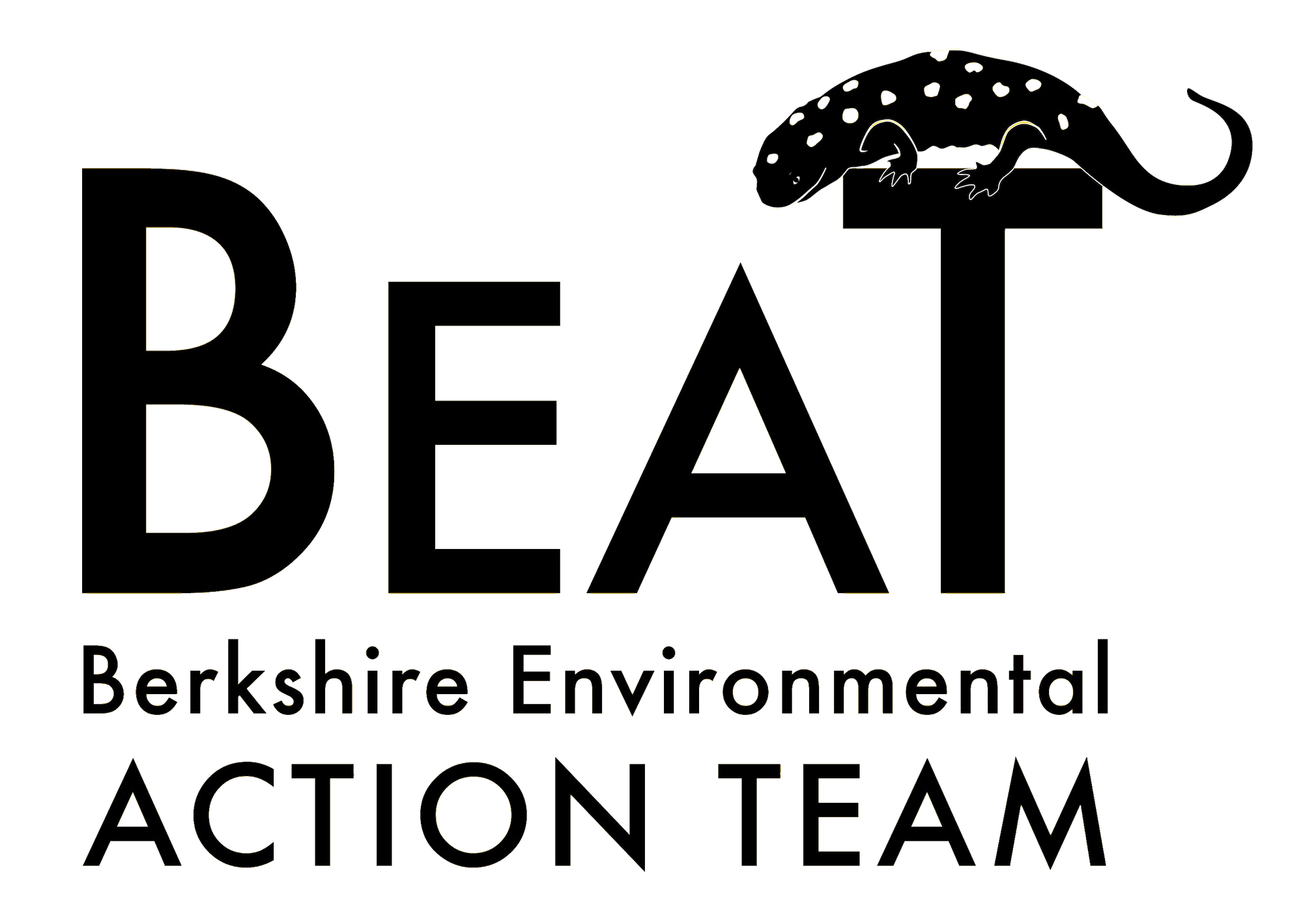The proliferation of roads, railroads, fences, canals and urban development is fragmenting wildlife habitat and potentially creating barriers that can inhibit animal movement and migration and isolate wildlife populations.
Center for Transportation and the Environment
The Center for Transportation and the Environment (CTE) conducts research, education, and technology transfer that seek to mitigate the impacts of surface transportation on the environment.
Our goal is to transfer everything we’ve learned about designing wildlife corridors to the general public to facilitate better conservation, science, and dialogue.
Linking habitats and reducing roadkill. The web site describes transportation’s impacts on wildlife and highlights exemplary projects and processes that are helping to reduce these impacts.
Federal Highway Administration Environment pages
Transportation planning and project development must reflect the desires of communities, and take into account the impacts on both the natural and human environments. Transportation projects are closely looked at to see how they might impact the community, the natural environment, and our health and welfare.
Freedom to Roam is a non-profit initiative that brings together people, organizations and businesses to enhance and protect wildlife corridors and landscape connectivity in North America. Our goal is to give wildlife and people the freedom to roam.
How Security Cameras Aid Wildlife Research and Conservation
An interesting article that goes over the benefits of security cameras in wildlife research and conservation — including monitoring and counting wild animals, ensuring animal welfare and safety, and preventing poaching and illegal activities.
International Conference on Ecology and Transportation
The mission of the International Conference on Ecology and Transportation is to identify and share quality research applications and best management practices that address wildlife, habitat, and ecosystem issues related to the delivery of surface transportation systems. ICOET is the primary forum for an international gathering of the foremost experts in the field of transportation development, related scientific study, and administrative processes that can enhance both the project development process and the ecological sustainability of transportation systems.
This website represents a critical strategic component: to gather information on the locations of wildlife roadkill hotspots. Help contribute data, and read more about our proactive efforts to protect rare wildlife, via the links below.
North Atlantic Aquatic Connectivity Collaborative
The North Atlantic Aquatic Connectivity Collaborative (NAACC) is a network of individuals from universities, conservation organizations, and state and federal natural resource and transportation departments focused on improving aquatic connectivity across a thirteen-state region, from Maine to West Virginia.
NOTE: Berkshire Environmental Action Team (BEAT) is a part of this collaborative.
The Road Ecology Center was created by a cooperative effort between the John Muir Institute of the Environment (JMIE) and Institute of Transportation Studies (ITS-Davis) at the University of California, Davis. Our goal is to bring together researchers and policy makers from ecology and transportation to design sustainable transportation systems based on an understanding of the impact of roads on natural landscapes and human communities. To accomplish this goal, we are developing a broadly interdisciplinary program dedicated to the design of transportation systems that are environmentally and socially friendly.
Streams are long, linear ecosystems. The processes that nourish these ecosystems are interrelated and dependent on “continuity” of the stream corridor. Our transportation and access needs often result in fragmentation of streams. Many stream crossings, such as bridges and culverts, act as barriers to fish and wildlife. Awareness of the effects of stream crossings plays an important role in maintaining stream continuity.
Conservation advocacy organizations working to protect wildlife and natural resources from the devastating impacts of highways and associated development. The TransWild Alliance merely provides the means for these groups to communicate, coordinate and support one another through this partnership.
Wildlands Network represents networks of people protecting networks of land. Our focus is to restore, protect and connect North America’s best wild places. Our international network of conservation partners and individuals work to make sure Nature has enough “room to roam,” to survive for the long-term.
The Wildlife Crossings Toolkit is designed for professional wildlife biologists and engineers faced with integrating our highway infrastructure and wildlife resources.The Toolkit project was initiated by the USDA Forest Service, San Dimas Technology and Development Center.
Wildlife Observation Reporting
California and Maine web-based map and database designed to record your observations of road-side and road-killed wildlife. (Note: Massachusetts has a similar website. Linking Landscapes.)
